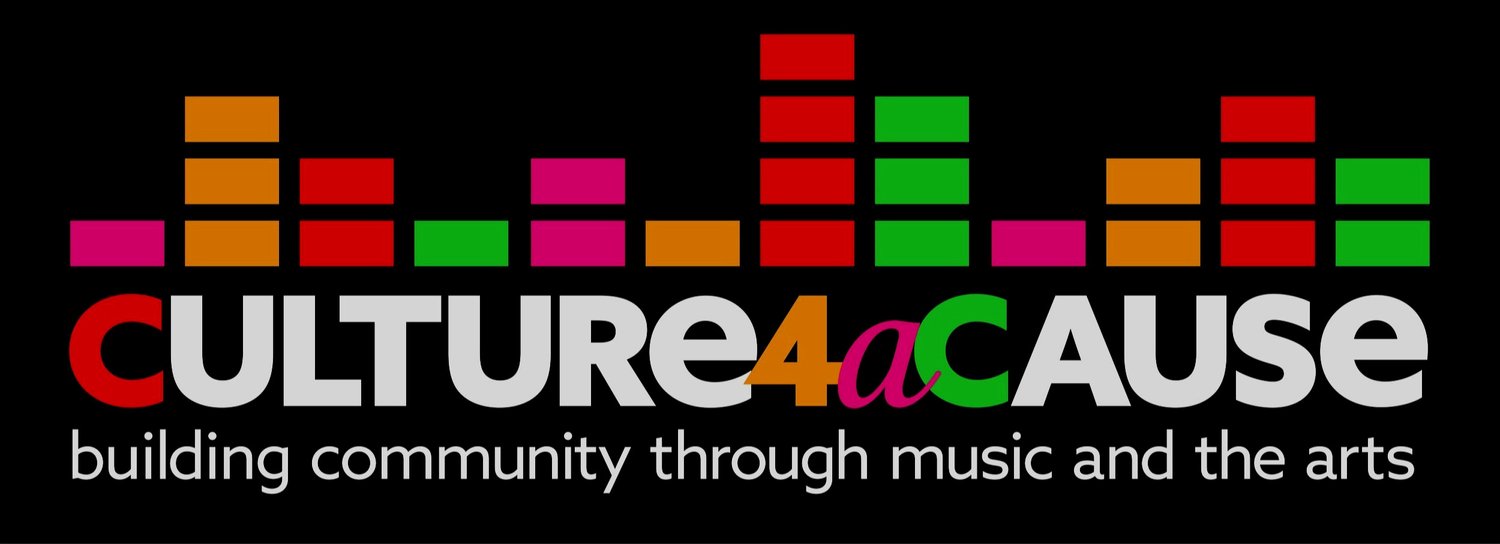Was John Brown a Terrorist?
Was John Brown a Terrorist?
No. At least not by any formal definition.
According to the US Code:
Terrorism involves violent acts, that break the law, and appear to be intended—
(i) to intimidate or coerce people, government policy, or disrupt the process of government by mass destruction, assassination, or kidnapping.
But before we go further, let’s ask and answer another question:
What were Border Ruffians?
Leading up to the Civil War, Border Ruffians were proslavery raiders from Missouri (a pro-enslavement state) who terrorized the Kansas territory through violence that peaked in the four years of 1854 to 1858. They were trying to force acceptance of slavery in an anti-slavery territory.
Armed with guns, knives, and other weapons, these terrorists forcefully interfered with elections by preventing freedmen from voting and by illegally voting themselves. They also committed acts of violent terror on Kansas settlers, taking lives and destroying property. Their violence spurred the phrase “Bleeding Kansas,” a label often hung on John Brown for the Potawatamee incident.
Border Ruffians violently attacked Lawrence, Kansas in May, 1856 after being incited by Missouri’s US Senator David Rice Atchison, who became one of their rhetorical leaders:
“Yes, ruffians, draw your revolvers & Bowie knives, & cool them in the heart’s blood of all those damned dogs, that dare defend that damned breathing hole of hell.”
Another choice quote from the pro-slavery Atchison encouraged Missourians to defend their institution “with the bayonet and with blood” and, if necessary, “to kill every God-damned abolitionist in the district.”
Border Ruffians illegally disrupted elections, violently threatened, injured, and killed peaceful citizens in order to force enslaving humans as government policy. That meets the definition of terrorism to a tee.
John Brown’s sons moved to Kansas along with other people from abolitionist states in the east to populate the territory with anti-slavery voters. They set out to promote equality through legal voting. They quickly became targets of these terrorist “Border Ruffians,” which is why John Brown traveled there.
John Brown is called a terrorist because of the Potawatamee Creek massacre where he and his men killed five Border Ruffians who planned to murder Brown’s sons and families. You can even read about it in the newspaper. This act was murder, but not terrorism.
He did not seek to intimidate or coerce a civilian population.
He did not seek to influence the policy of a government by intimidation or coercion, nor to affect the conduct of a government by mass destruction, assassination, or kidnapping.
He didn’t do any of that even though he had ample opportunity. At Potowatamee, he set out to protect his family. Brown’s goal was to disrupt the institution of slavery not through terrorism but through slave revolts, where enslaved people walked away from plantations en masse, making the system of slavery a broken, dysfunctional system. His raid on Harper’s Ferry, VA was an attempt to ignite a massive walkout of Virginia’s enslaved population. His efforts to give weapons to these people was a way to provide them with some defense against the brutal system of slavery.
He never killed or kidnapped slave-holding people to intimidate them into freeing the humans they had enslaved.
Instead, he attempted to empower the people to take their freedom back. Brown wanted them to be able to protect themselves from those who had enslaved them. In the conversation about terrorism, it is often said that one side’s terrorist is another side’s freedom fighter. That cannot be said about Border Ruffians. They were most certainly NOT freedom fighters. They were domestic terrorists laying the blueprint for KKK violence.
Slavery is terrorism.
John Brown was a counter-terrorist. John Brown was a freedom fighter.
John Brown was right.
—–
Sources:
US Library of Congress: http://www.loc.gov
Podcast: John Brown Today by Dr. Louis DeCaro
US History.org: http://www.ushistory.org/us/31b.asp
Frank Leslie’s Illustrated Newspaper, Nov 19, 1859
Kansas City Public Library: civilwaronthewesternborder.org
Wikipedia: en.wikipedia.org/wiki/Border_Ruffian
